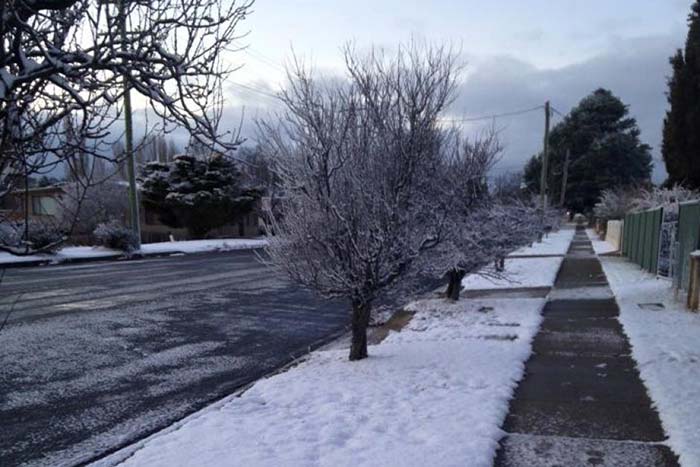How to Keep Melting Snow From Damaging Your Home

As the warm weather quickly approaches we have to make sure to protect our homes from any damage that can be caused when the snow and ice around our homes begin to melt. Here are some tips on what to do as the warm weather begins and what to continue to look for in the upcoming weeks after all the snow is melted.
When the Weather Begins to Warm Up
- Clear out ice jams in gutters. When water overflows out of the gutter it can run down the side of your house and into any area that isn’t sealed. Keeping the water in the gutter is the safest way to avoid damage. If the ice jam is at the top of the downspout, make sure you can safely reach the gutters to clear them out.
- Keep walkways clear of ice. As the snow melts, it will likely move onto areas you have previously cleared off and create a sheet of ice. You can use salt, sand, or even just a shovel or ice scraper. Keep in mind salts can damage your concrete and they may contain chemicals that may be harmful to grass, plants, or pets.
- Keep a close eye. Be sure you are watching for signs in areas that could be damaged. These signs can include a damp smell, wet carpet, walls that are peeling or bowing, or a dripping sound in exterior walls.
After the Weather Has Warmed Up
- Pay attention to what your house tells you. After the snow has cleared and you are getting ready for spring projects, you can still be at risk for water damage. The freezing and thawing may cause breaks in your water or sprinkler lines. If you have any loss in pressure you should get it looked at.
- Look for signs of problems that can be fixed. Water damage can take a while to become visible, so watch for signs that will help you prepare for next winter. Do you need to add a downspout where the gutter overflows? Should you add extensions to your downspouts to get water away from the house? Is there siding damage next to an area where the water drips?
We hope these helpful tips will prevent any unnecessary damage in your homes. Thanks for reading! 🙂
